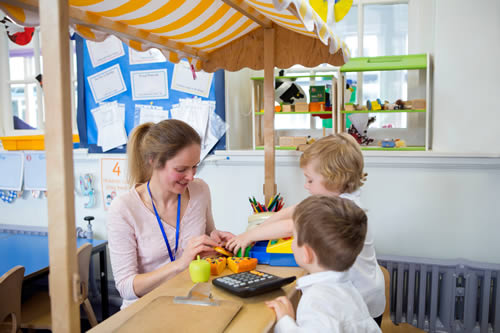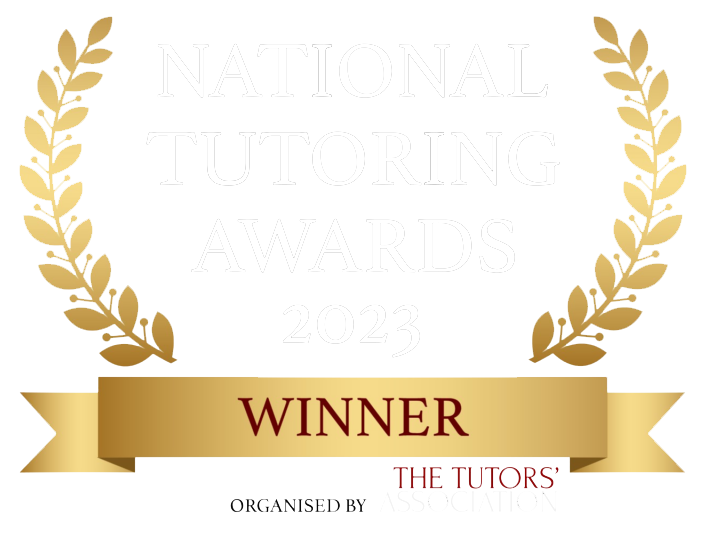Remember the thrill of getting pocket money as a child and splurging it on something completely frivolous such as three bags of jelly babies or purple, sparkly nail varnish? Fortunately, as we get older, most of us learn to be a bit more sensible with the ‘readies’, prioritising paying the bills or saving for something we really want.
Learning to manage your finances is an essential life-skill for everyone. Although it can be tricky for everyone to learn, for young people with special needs, it is sometimes even more challenging.
Children With Special Needs Can Find it Difficult to Manage Their Money

Although some financial institutions offer money advice to children, there isn’t much out there aimed at young people with SEN, says Kate Harriss who works at the charity ‘Head2Head Sensory Theatre’ in Oxted, Surrey. The organisation puts on shows and immersive, sensory experiences for children with disabilities and special needs.
Kate devises and presents workshops via Head2Head and has recently run a short, online course on money-management for youngsters with SEN. Participants were aged between 14 and 22 and had a range of difficulties.
“We used role-play and improv to depict different scenarios around money,” she explains. “A lot of what we did was looking at different anxieties. For example, we discussed going to the supermarket and how someone can prepare themselves for this. You could make a shopping list or familiarise yourself in advance on where the different items are stocked. If you might go into sensory overload at, say, a display of lots of different types of crisps, how can you deal with that?”
Identifying What’s Most Important

An essential aspect of learning to control your pennies is thinking about ‘want’ versus ‘need’, Kate points out. Talking through potential, real-life situations where students were faced with a choice of things to buy, helped them to think more clearly about their options, she says.
“We imagined we had £100 to spend. We needed to buy our brother a birthday present but we also owed our mum some money,” she elaborates. “We also wanted to buy a pair of trainers for ourselves. Together, we discussed what our choices might mean to other people – how would our brother feel if we didn’t buy him a present? We worked out that the birthday present and the debt were probably most important and then we looked at how we might also have the trainers – perhaps saving to buy them at a later date.”
Another useful discussion point was getting the young people to think about marketing. Kate presented them with two posters advertising the same item – one which was brightly-coloured with lots of enticing images and one with just the basic information. With this contrast, she was able to show the students how we can all be persuaded to buy things that we might not really need.
People Worry About Different Things When it Comes to Finance

As Kate discovered, people’s struggles with money-management can be highly individual. “One young lady on the course loved buying things but didn’t recognise different coins,” she explains. “This made it difficult for her to connect money and what things cost. I did a lot of one-to-one work with her, helping her to recognise the shapes. It took a while.
“Another participant was a young man who had autism,” she continues. “He had a job and a bank account but he did lots of things online and was worried about being scammed. We talked about staying safe and keeping our details private.”
It was also an eye-opener, Kate says, to find out that the young people weren’t necessarily worried about what she’d assumed they might be. “We role-played being on the receiving end of bad customer service versus good service and how that made them feel,” she says. “When I asked them if they would go back to a shop after poor service, they all said, ‘Yes! Why not?’ I’d thought it would be the people who would cause anxiety.”
Parents Can Help Children Get a Grip on Money-Management

Kate says that having a few jars labelled for different purposes – ‘Save’, ‘Spend’ and ‘Charity’, for example – make money-management visual and more ‘real’ for children. They could save pound coins while putting silver and coppers in the other two. Going shopping with your own, pre-prepared list and getting your kids to help is another way to provide a practical demonstration of financial planning.
“Sometimes parents can be more anxious about money than their kids,” she cautions. “You have to be careful not to project it onto them!”




